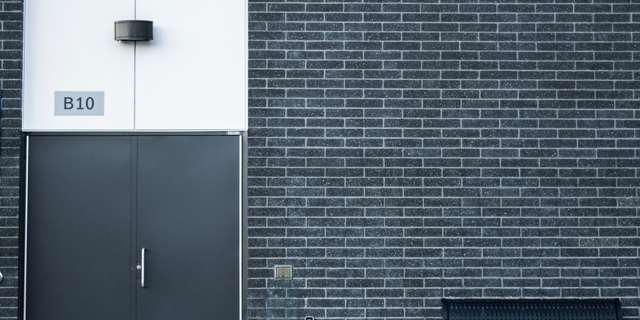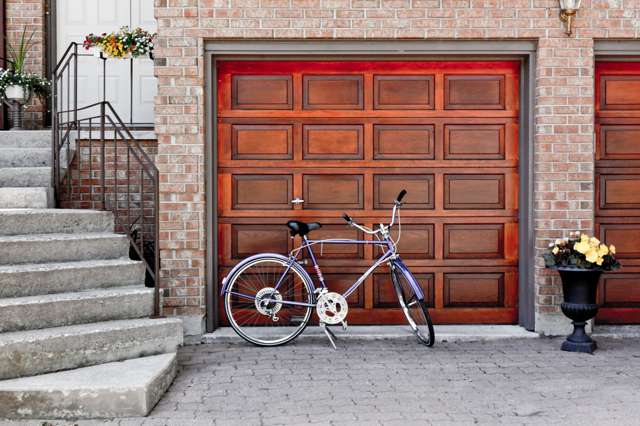
From historic and weathered, to modern and sleek, bricks play a vital role in the aesthetics of American architecture. Image Credit: Unsplash user Fernando Reyes
Brick is an essential part of the aesthetic fabric of American architecture. In every major U.S. city, and thousands of smaller cities, towns, and villages, brick buildings line the avenues, house after house, business after business. Even in areas dominated by wooden, cement, or modern steel-and-glass architecture, brick buildings still dot the streets, relics from earlier days or testaments to the taste of their builder. Often, even buildings made from other materials have a brick facade simply for looks. In the U.S., we like to build with brick. 1
Builders Choose Bricks Based on Color
The reasons for the prevalence of brick are myriad. Brick has enormous compressive strength, allowing it to hold heavy loads. It insulates highly effectively, regulating temperature and blocking out noise, making it ideal for use in harsh climates and high-traffic areas. Another major selling point is that brick does not burn, a fact that led to the proliferation of brick buildings after a number of historic fires in cities across the country. After Chicago burned to the ground in 1871, for example, brick was mandated in the building code. But perhaps the most important reason people choose brick for their homes is the aesthetic, which explains why even wooden homes so often have brick facades. People simply like the way brick looks.
Because aesthetics are so important, the final color of bricks is of considerable value for brick manufacturers. While a range of colors are tolerated—and even prized—in bricks used for architecture, builders are still choosing brick based on hue. As such, brick manufacturers must ensure that their bricks are the color that builders desire. This is accomplished both by paying careful attention to the mineral properties of the clay they fire to produce brick and by using color measurement instruments to ensure that each batch of bricks falls within acceptable tolerance standards.

Builders pay great attention to the color of their bricks. Credit: Unsplash user Kevin Wolf



